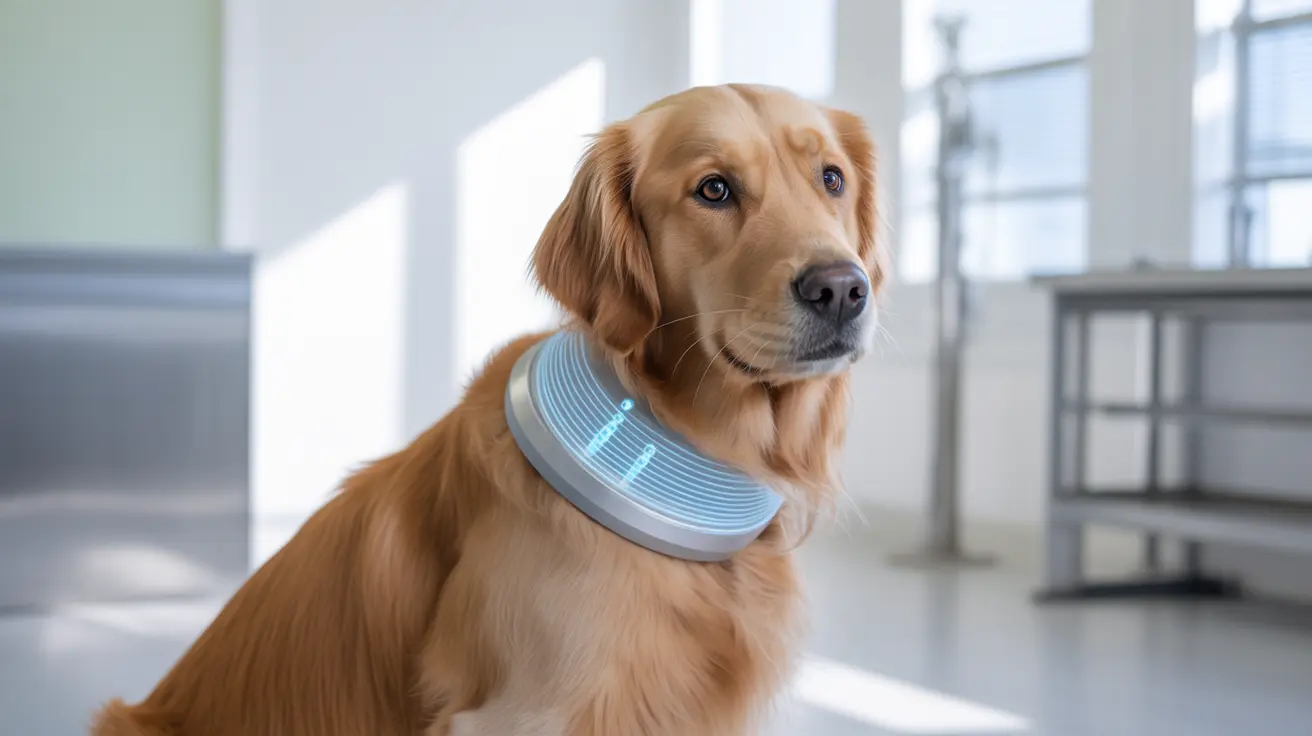Understanding the Causes of Hyperkeratosis in Dogs
Hyperkeratosis in dogs isn’t just a cosmetic issue—it’s a condition where too much keratin builds up, making the skin thick, dry, and sometimes painful. If you’ve noticed your dog’s paw pads or nose looking rough or crusty, you might be dealing with this problem. Let’s break down what leads to hyperkeratosis and why it matters for your dog’s comfort.
What Is Hyperkeratosis?
Keratin is the protein that gives structure to your dog’s skin, hair, nails, claws, and paw pads. When keratin production goes into overdrive or the skin doesn’t shed properly, thickened patches form—most commonly on the nose (nasal hyperkeratosis) or paw pads (digital hyperkeratosis). These areas can become rough, cracked, discolored, and even sprout odd hairlike projections. Cracks can bleed or get infected, making every step uncomfortable.
Main Causes of Hyperkeratosis
- Genetics: Some breeds are just more likely to develop hyperkeratosis. English Bulldogs, French Bulldogs, Boxers, Labrador Retrievers, Cocker Spaniels, Irish Terriers, Dogues de Bordeaux, Basset Hounds, Beagles, and Boston Terriers top the list. In these dogs, hereditary forms can show up as early as four to nine months old.
- Age: As dogs get older—especially seniors—hyperkeratosis becomes more common. Calluses often form at pressure points from lying down frequently.
- Autoimmune Diseases: Conditions like pemphigus foliaceus and lupus erythematosus can trigger abnormal keratin production.
- Infectious Diseases: Canine distemper (a viral infection) and leishmaniasis (a parasitic disease from sandflies) are known culprits.
- Nutrient Deficiencies: Zinc-responsive dermatosis is a classic example. Some breeds have trouble absorbing zinc; others develop it if their diet interferes with zinc uptake (especially fast-growing large breeds).
How Does Hyperkeratosis Develop?
The process starts when keratin either builds up too quickly or doesn’t shed away as it should. The result? Patches of thickened skin that lose their normal texture and color. Sometimes these spots become frond-like or even hairy. If cracks form—and they often do—bacteria or fungi can sneak in and cause infections. Severe cases may leave your dog limping or avoiding walks altogether.
Recognizing Symptoms
- Toughened skin on paw pads or nose
- Dryness and cracking—sometimes bleeding
- Painful walking or reduced activity
- Licking or chewing at affected spots
- Pale or pinkish discoloration where pigment is lost
If you spot these signs early (especially in high-risk breeds), you’re one step ahead in keeping your dog comfortable.
The Role of Veterinary Diagnosis
A veterinarian will examine the affected areas closely. They might run blood tests or take skin samples to check for underlying diseases like autoimmune disorders or infections. This step matters—a treatment that works for hereditary cases won’t help if an infection is driving the problem.
Treatment Strategies
- Topical emollients and keratolytic agents (like salicylic acid or urea) help soften hardened skin and make it easier to remove excess keratin.
- Cautious trimming or filing of thickened spots—always under veterinary guidance—to prevent injury.
- Warm water soaks (sometimes with Epsom salts) soften tissue before treatment.
- If secondary infections pop up: topical or oral antibiotics/antifungals come into play.
- Nutritional support with zinc and omega fatty acids may help if deficiencies are involved.
If an immune-mediated disease is at fault, immunosuppressive medications can make a difference—but only under veterinary supervision.
Prevention Tips for At-Risk Dogs
- Inspect paw pads and noses regularly—catching changes early makes management much easier.
- Cushion bedding well to reduce pressure points (especially for older dogs).
- Feed a balanced diet rich in vitamins and minerals; supplement as recommended by your vet.
- Keep up with vaccinations and parasite control to reduce infectious risks.
- Avoid harsh chemicals and rough surfaces that can damage sensitive skin areas.
If you see signs of dryness or thickening on your dog’s nose or paws—especially if they’re one of the predisposed breeds—don’t wait to ask your vet about it. With good management and regular care most dogs with hyperkeratosis can stay happy on their feet (or noses) for years to come!





